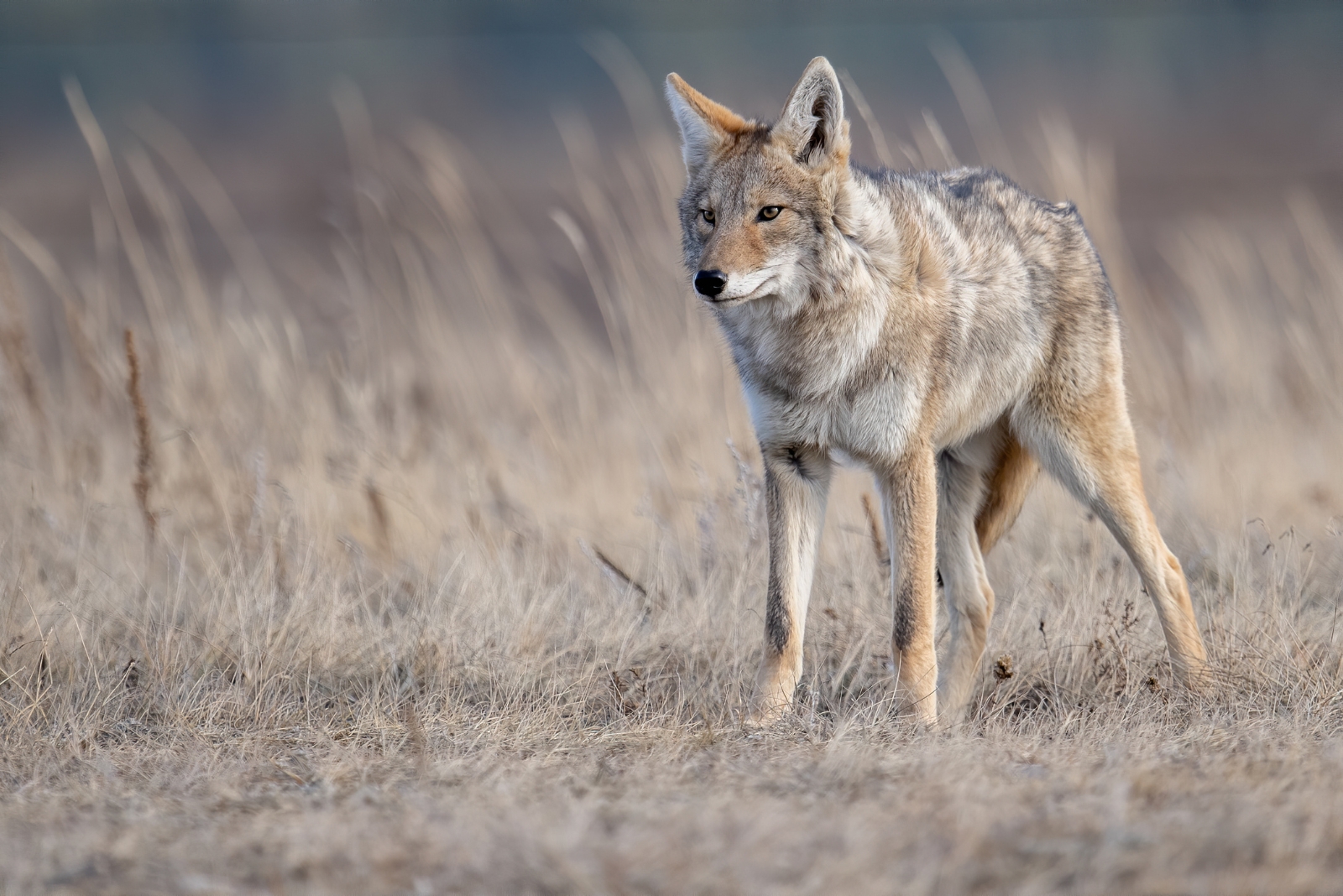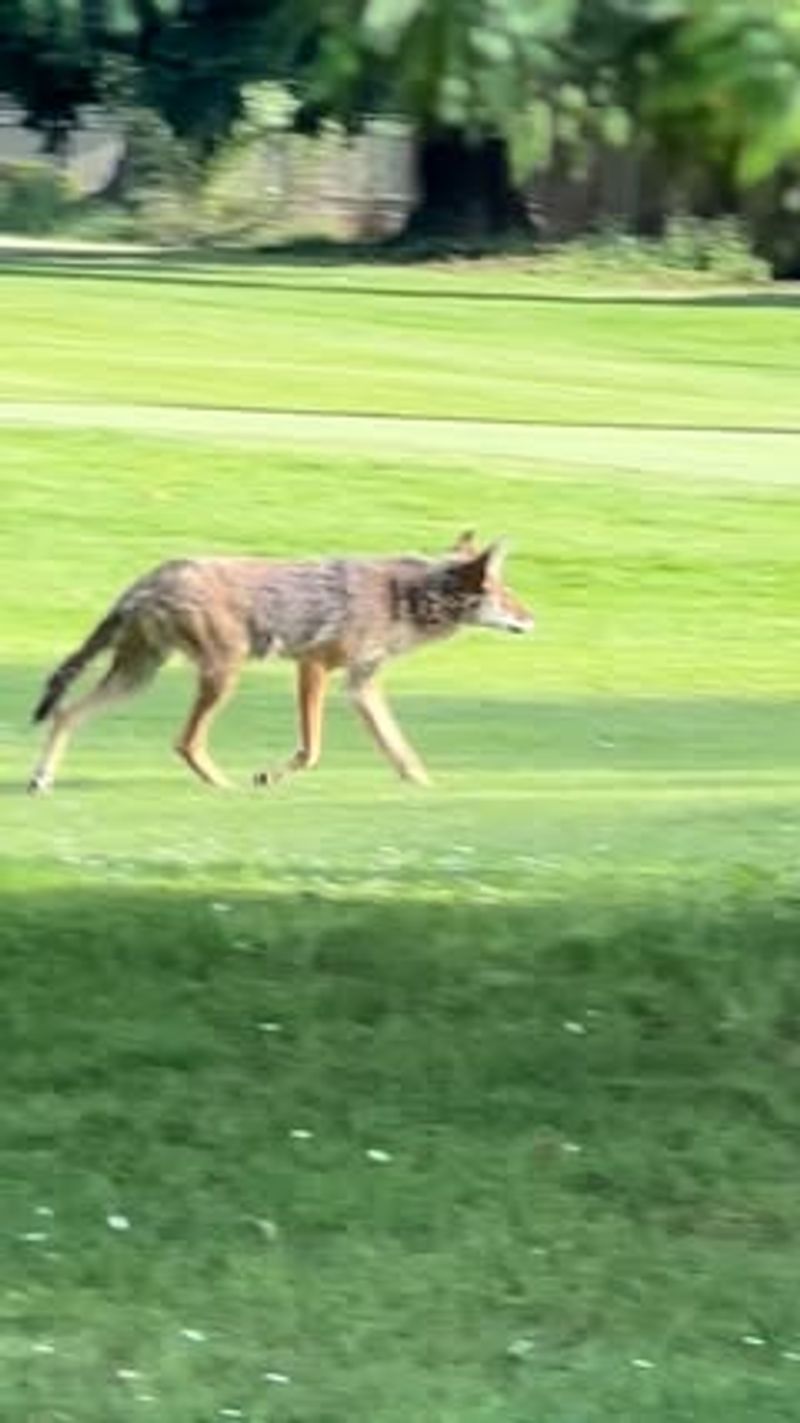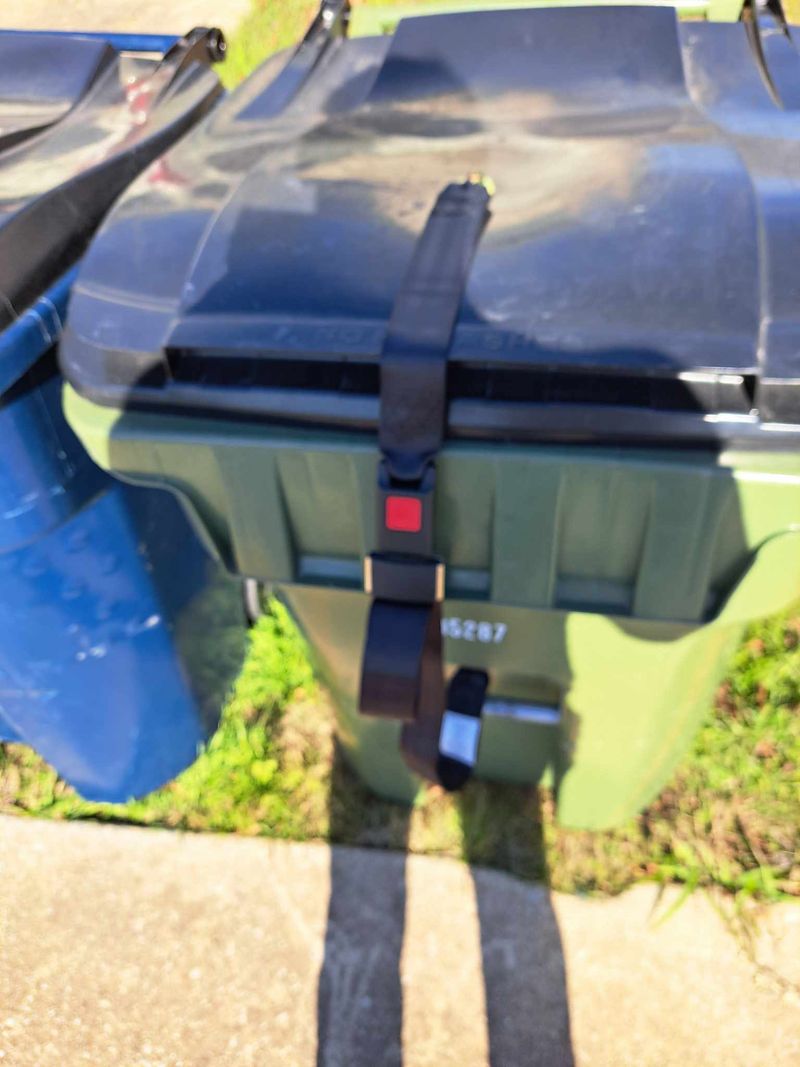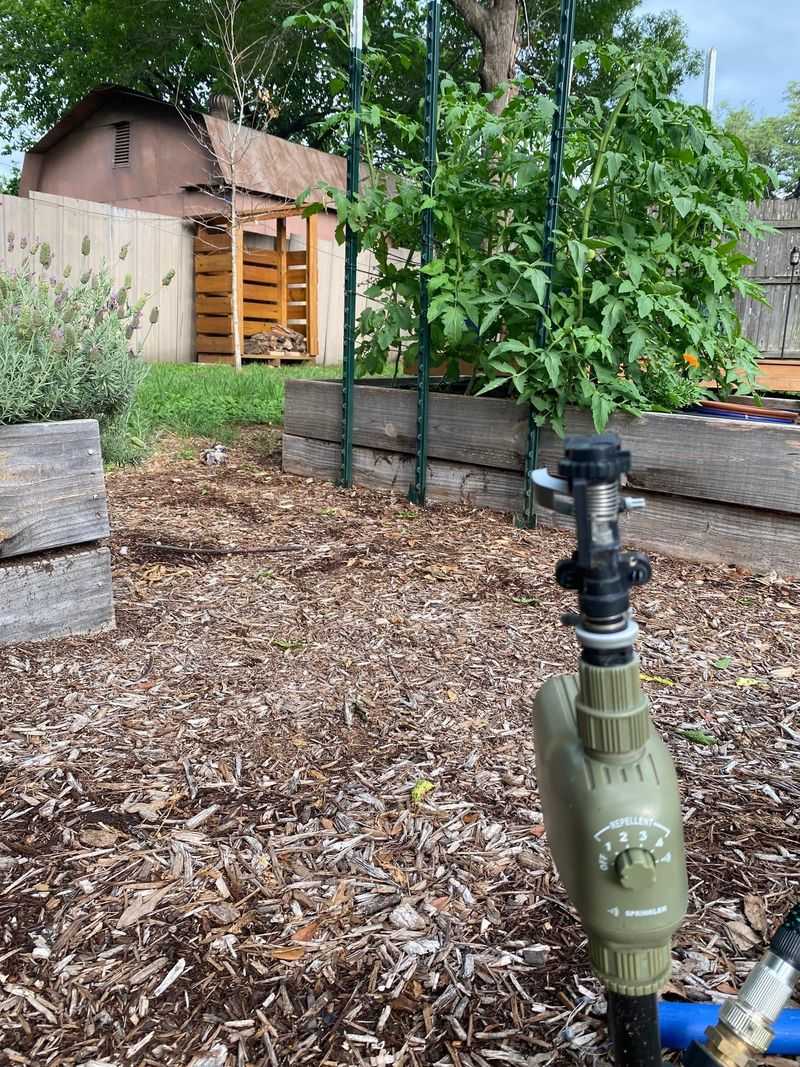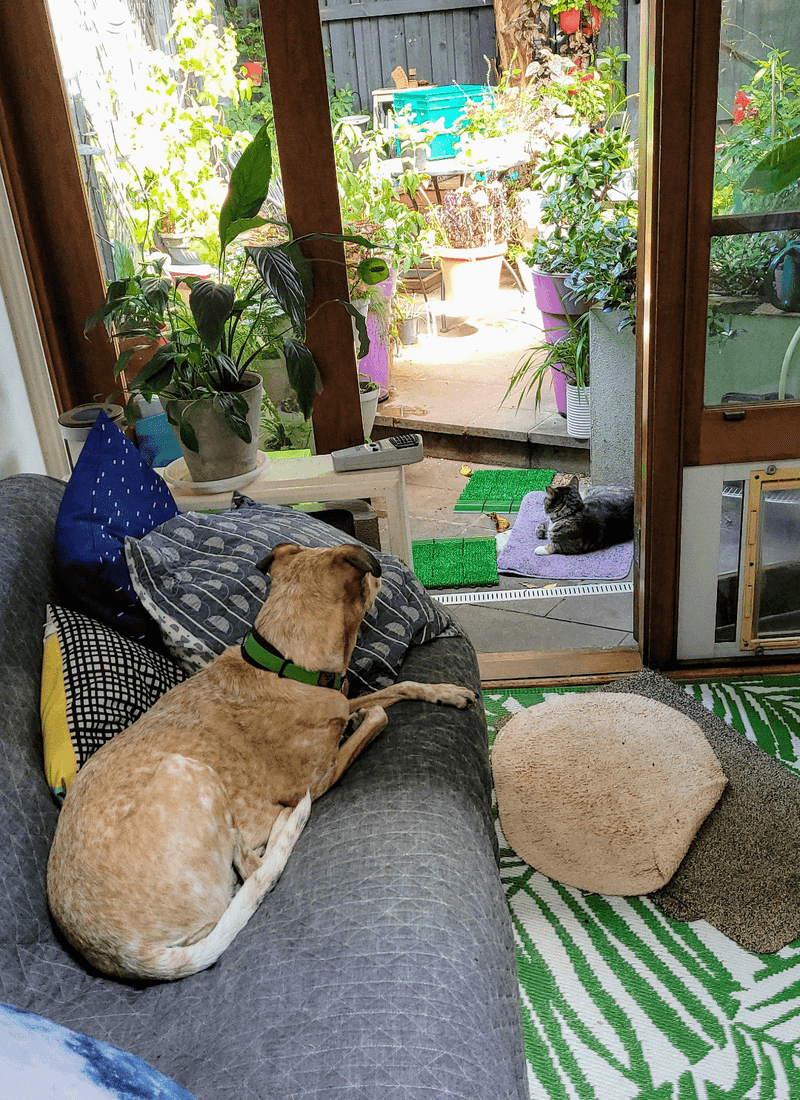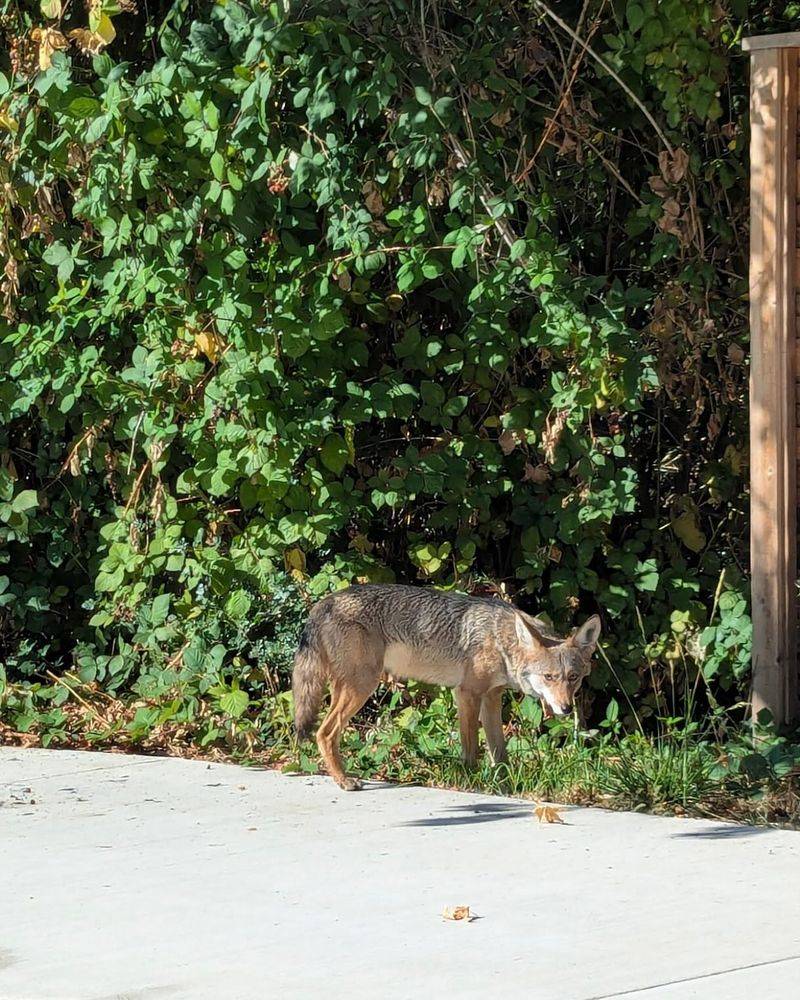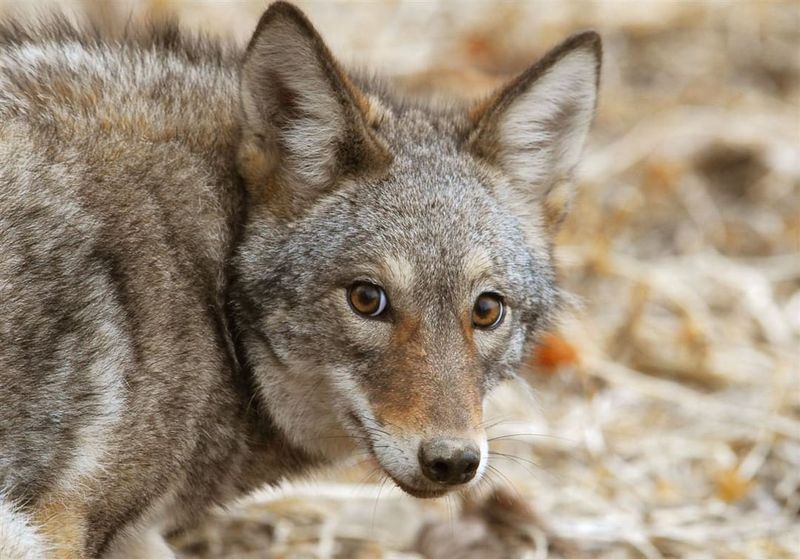A coyote showing up in a Texas yard can catch you so off guard that you forget every “wildlife tip” you thought you knew. I’ve had those moments where I just stand there thinking, okay… now what?
The truth is, staying calm and using a few simple tricks makes the whole situation way less scary. Here’s how to handle that unexpected guest without turning your yard into a dramatic showdown.
1. Make Yourself Look Big and Loud
Standing tall with your arms stretched wide creates an intimidating presence that coyotes naturally want to avoid. Yell firmly, clap your hands, or bang pots together to create noise that startles them away from your property.
Many Texas homeowners have successfully used this technique called hazing to teach coyotes that humans aren’t easy targets. Keep doing this until the animal leaves your yard completely.
Never turn your back or run away, as this triggers their chase instinct.
2. Remove Food Sources and Attractants
Coyotes visit yards mainly because they smell something tasty like pet food, fallen fruit, or unsecured garbage bins. Store trash in containers with tight-fitting lids and bring pet dishes inside after feeding time.
Pick up fruit that drops from trees since it attracts rodents, which then attract hungry coyotes looking for an easy meal. Across Texas suburbs, reducing food availability makes your property less appealing.
A clean yard means fewer unwanted wildlife visitors overall.
3. Install Motion-Activated Lights and Sprinklers
Sudden bursts of light or water catch coyotes off guard and encourage them to find somewhere else to roam at night. These devices work automatically, protecting your Texas yard even when you’re asleep or away from home.
Coyotes are most active during dawn and dusk hours, making motion sensors particularly effective during these times. Installation is straightforward and provides ongoing protection without constant monitoring.
Many families find this method both humane and highly practical.
4. Build Secure Fencing Around Your Property
A sturdy fence standing at least six feet tall creates a physical barrier that discourages coyotes from entering your space. Make sure there aren’t gaps at the bottom where animals can squeeze through or dig under.
Consider adding coyote rollers at the top, which spin when an animal tries climbing over, sending them back down safely. Throughout Texas neighborhoods, proper fencing protects both pets and wildlife.
Check your fence regularly for damage or weak spots that need repair.
5. Don’t Leave Pets Outside Unattended
Small dogs and cats look like prey to hungry coyotes, especially during early morning or evening hours when these predators hunt most actively. Always accompany your pets outside and keep them on a leash in unfenced areas.
Texas wildlife experts warn that unsupervised animals face serious risks in areas where coyotes roam regularly. Bringing pets indoors at night eliminates most dangerous encounters.
Your presence alone often deters coyotes from approaching too closely to investigate.
6. Don’t Try to Feed or Approach Them
Feeding coyotes might seem kind, but it teaches them to associate humans with food, creating dangerous situations for everyone in the neighborhood. Wild animals that lose their natural fear become bolder and more likely to approach people or homes.
In Texas communities, fed coyotes often need to be removed by wildlife services because they become nuisances or threats. Appreciate these creatures from a safe distance instead.
Respecting their wild nature protects both species effectively.
7. Don’t Use Poison or Lethal Traps
Poison and certain traps are illegal in many Texas areas and can harm pets, children, or other wildlife instead of targeting coyotes specifically. These methods cause unnecessary suffering and don’t address why coyotes visit your property in the first place.
Non-lethal deterrents work better long-term by teaching animals to avoid human spaces naturally. Local animal control officers can provide legal alternatives if you’re facing persistent problems.
Humane solutions benefit entire communities more effectively than dangerous shortcuts.

